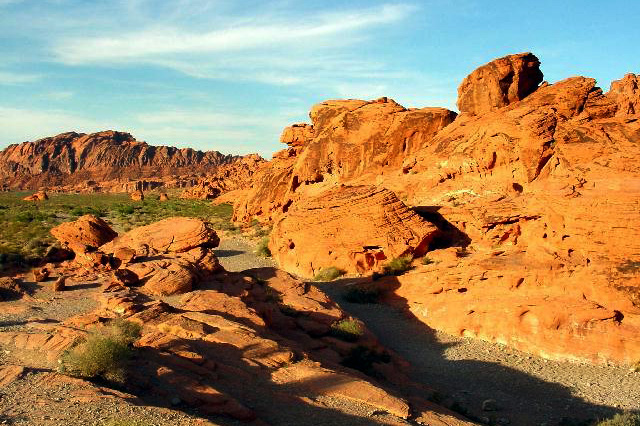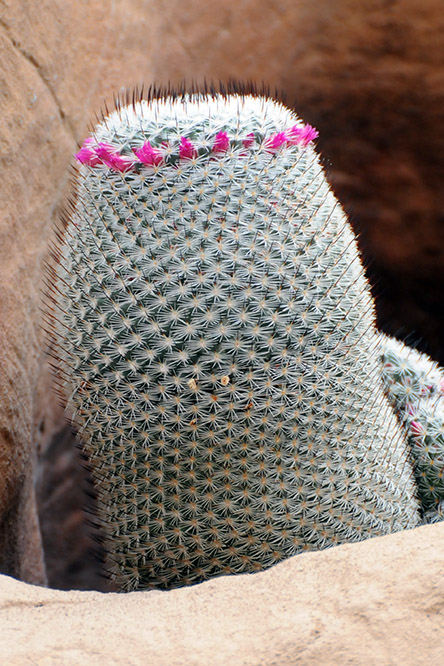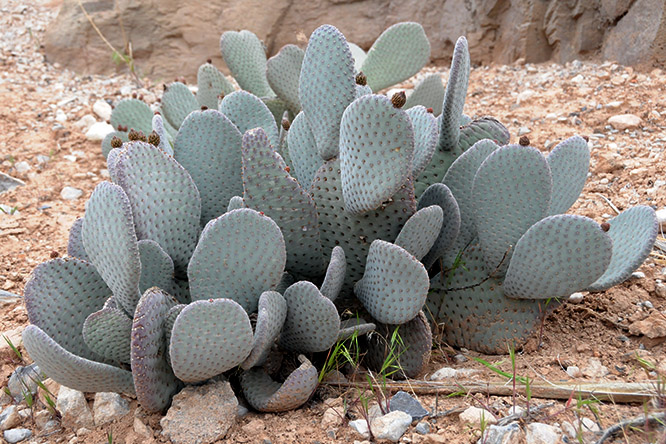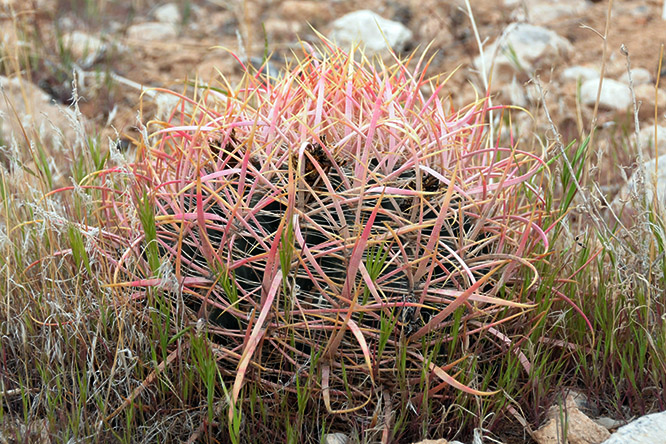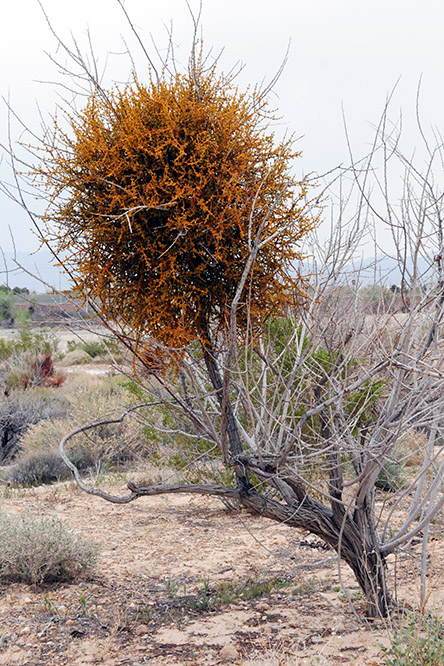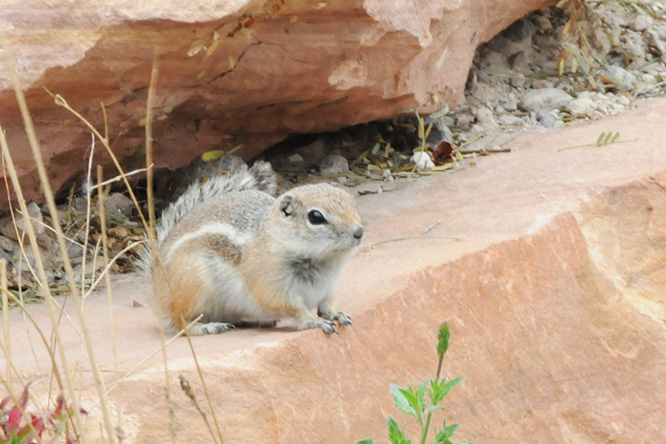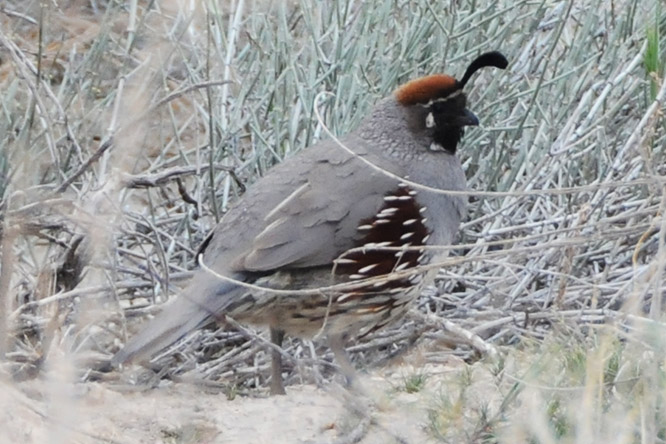Visiting Nevada Deserts
50 miles northeast of Las Vegas is one of the most scenic desert landscapes I have ever visited. This area is known as Valley of Fire, and gets its name because early visitors thought it looked like the land was burning when the sun was rising and setting. Valley of Fire is Nevada’s oldest state park and is famous for certain geological formations such as elephant rocks or “bee hive” rock formations. The Valley of Fire also has several ancient petroglyphs created by native Americas. At a altitude of 2,000 feet, this area is considered pretty low by Nevada standards and its rare to find temperatures below 100 degrees or 40C in the summertime. Temperatures have been known to reach up to 120F or 50C on the worst summer days, so come prepared!
Regrettably I don’t have more pictures from the Valley of Fire, but I’m certain I’ll return one day! I think I may have lost them over time rather than didn’t take enough when I visited well over 15 years ago. In other parts of the state’s desert I took some photos of the cacti I saw. It’s such a different landscape than where I live in Virginia, so I’m always interested in different flora and fauna. Both these cacti above and below seemed to be pretty popular, but I still haven’t been able to a name on them. The one above is definitely one of my favorites species since I like the colorful ring at the top.
I wasn’t able to find out what either of these plants were exactly either. Above is some type of baby cactus; I think it might be hard to identify because the plant is so young and hasn’t really identified itself yet! This plant below also got my attention. I can’t tell if it’s a strange shrub or some other smaller plant that took over a larger one. It only appeared to be in this immediate area so I had nothing to compare it to.
And lastly, two new species of wildlife for me! A desert squirrel above and a valley quail below. I’ve never seen the valley quail before, also called a California quail. It lives only along the western coast of the United States spanning from Mexico all the way north to Canada. I later looked up the squirrel to find that it’s name is the Antelope ground squirrel, which there are five different species of.
